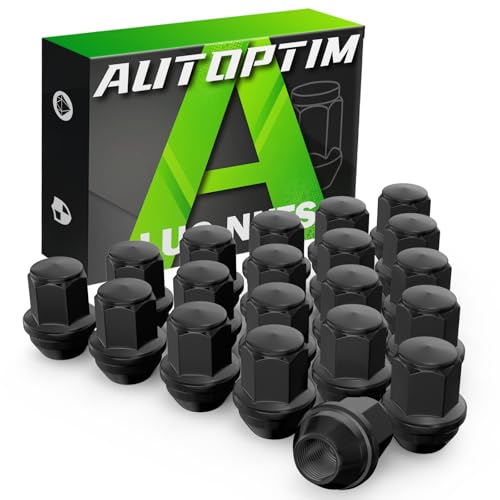- Joined
- Mar 30, 2017
- Messages
- 2,400
- Reaction score
- 892
- Location
- The Netherlands
- My Car
- 73 Grande 351C
71 Mach 1 429CJ
if of any help, found back some picts.
That's where I did the holes (feed and return lines)

here once installed

I have an adaptor that is secure on the apron, and the lines are bolts on both sides, so no wear possible
I did this because the pre filter, the pump could not have been in perfect line with the post filter added in the rear, so it's now as on right side.
A solid cover was also added to it.
edit: couldn't find picts,
so as there was still day light...


That's where I did the holes (feed and return lines)

here once installed

I have an adaptor that is secure on the apron, and the lines are bolts on both sides, so no wear possible
I did this because the pre filter, the pump could not have been in perfect line with the post filter added in the rear, so it's now as on right side.
A solid cover was also added to it.
edit: couldn't find picts,
so as there was still day light...


Attachments
Last edited:















































